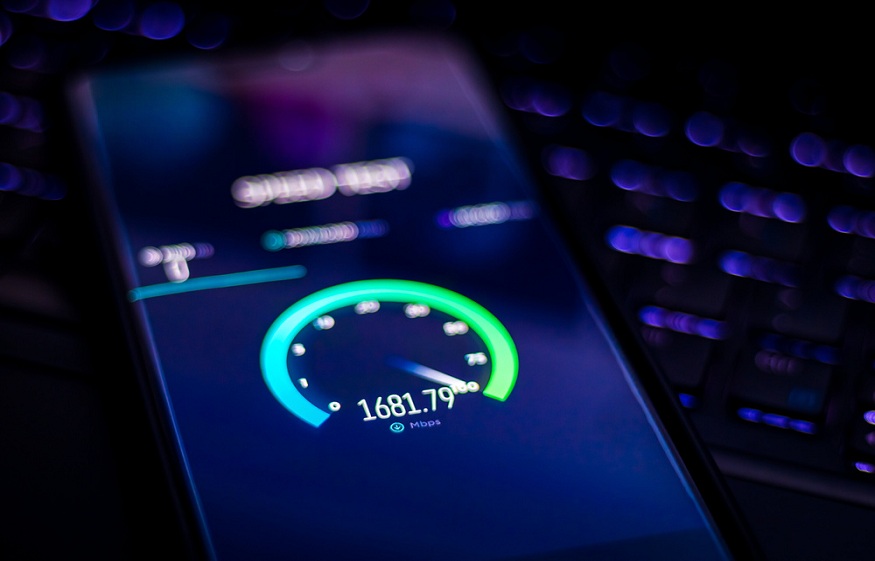
Why 5G Might Not Be the Salvation of Rural Internet
The 5G mobile network war has officially begun. The nation’s top mobile providers are now battling to see who will dominate the 5G market. If you are expecting that war to improve the options for rural internet, don’t hold your breath. It is quite possible that 5G will not be the salvation of rural internet like so many are predicting.
It’s a given that 5G is a lot faster than 4G LTE. Still, 4G is arguably the best option for rural internet compared to satellite and DSL. It is faster, suffers from fewer latency issues, and is capable of handling even streaming and gaming.
So why isn’t 5G up to the task of replacing its older competitor? It boils down to one thing: money. As much as it collectively pains us to have to admit it, business decisions are made based on dollars and cents. And just like it is not economically feasible for a cable company to build infrastructure in rural locations, it’s not worth spending the money to install 5G infrastructure in remote parts of the country.
A Poor Economic Model
The challenges faced by rural internet users is nothing we haven’t seen before. It is actually just history repeating itself. Back when landline telephone service was still new, rural areas were the last to be serviced. Why? Because telephone companies didn’t want to spend the money to run their service to areas where there weren’t enough customers to make a profit. Who can blame them? No one goes into business to lose money.
It took an act of the federal government to provide the necessary financial subsidies to complete the country’s telephone network. But as late as the 1960s, there were still some rural areas without telephone service. By the time they eventually got hooked up, the rest of the country was gearing up for cell phones.
Private enterprise considers building infrastructure to reach rural areas a poor economic model. That has always been the case, whether you are talking internet service, phone service, or even utilities. Things are not going to change just because 5G internet is now a thing.
No Government Subsidies
Mobile network operators are not going to invest in rural America of their own accord. So the only way 5G becomes the standard for rural internet is if Washington gets involved in the same way it did with telephone service. Right now, that seems unlikely.
Despite its many advances, 5G cannot compete with wired broadband and fiber optic. There is just no comparison between wired and wireless services. Government regulators know that which is why they would prefer to spend limited finances on building cable and fiber optic infrastructure.
If anything, the explosion of 5G will prompt state and local governments to invest even more money on building broadband infrastructure out to rural communities. How ironic would that be? Just as with telephone service, the rest of the country will be moving on with 5G while some rural communities are just getting hooked up to wired broadband.
4G Works Well
While we wait to see how the roll-out of 5G goes, 4G rural internet works well enough to beat satellite and DSL. Across the country, operators like Blazing Hog are gradually covering more areas with high-speed internet access. Their services will probably remain the standard for some time.
It’s all about money. Until there is a profit to be made, do not expect 5G to be the salvation of rural internet. It may never be deployed in America’s most rural areas. And even if it is, it may be too late by the time it finally arrives.





